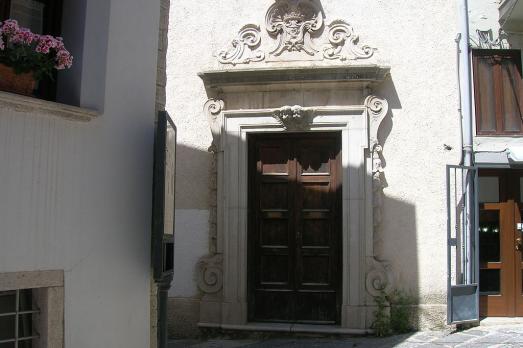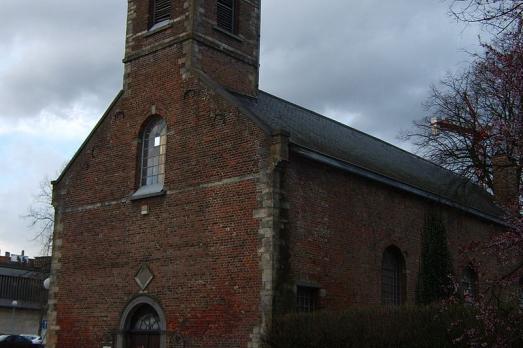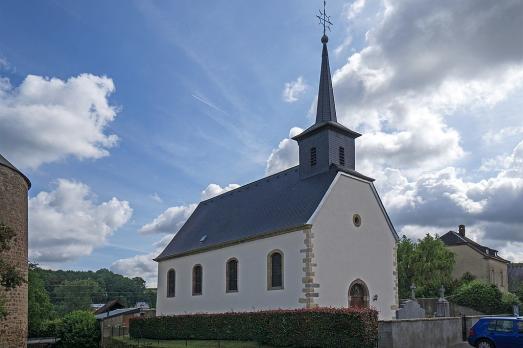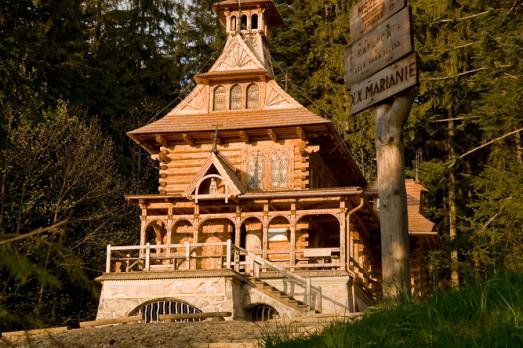
Chapel of Agia Fotini, Pachia Ammos
Pachia Ammos, GR
The chapel of Agia Fotini was built on a rocky site very close to the beach of Pachia Ammos.
Here you can search for a building to visit. You can use the map find destinations, or you can use the filters to search for a building based upon what different criteria.

Pachia Ammos, GR
The chapel of Agia Fotini was built on a rocky site very close to the beach of Pachia Ammos.

Antiparos, GR
.

Lorgues , FR
Famous for its unique 15th century frescoes, this small rural chapel is classified as a historic monument because of the particularly remarkable graphics of the murals that decorate it, evoking the themes of Paradise and Virtues, Purgatory, the Last Judgment, and the Hell.

Potenza, IT
The history of this building as a chapel dates back to 1651. It is here that Brother Bonaventura de Potenza (1651-1711) was born, beatified in 1775. After Bonaventura's death, the building was used for private purposes for a long time until the early 20th century, when Bishop Tiberio Durante decided to transform it into a place of worship.

Krakow, PL
The Chapel of Blessed Bronisława is a Roman Catholic chapel built between 1856 and 1861. The chapel is located in a military citadel built during during the Austrian Partition of Poland and at the foot of the Kościuszko Mound.

Ixelles, BE
The chapel of Boondael, built in the 19th century, is the third chapel built on this site. A first chapel was built in the 15th century as a place of worship for the villagers. The present chapel is a reconstruction of 1842 by the architect Pierre Vandenbranden. Today, the chapel is used for artistic and cultural activities.

Cangas del Narcea, ES
The Chapel of Carmen was built in the first half of the 18th century and was financed by the parishioners for the Virgen del Carmen. The construction is distinguished by its high proportions and slender bell tower. Inside it is worth mentioning the imposing high altar with different figures and the beautiful image of the Virgin in the centre.

Pettingen, LU
The present chapel was built in 1725 on the foundations of an earlier building. The first chapel known in Pettingen belonged to the Knights of Pittingen, the high nobility of the county and later the Duchy of Luxembourg. It was attached directly to the castle. The remains of the castle can still be seen nect to the present chapel.
Mauriac, FR
Building built on the foundations of a medieval chapel dedicated to Saint-Mary. The present edifice dominates the great pilgrimage site to Saint Mary that was the volcanic hill of the eponymous Puy for more than eight centuries.

Zakopane, PL
The chapel of Jaszczurówka began to be built in 1904 and was consecrated in 1907. The chapel is a typical example of the Zakopane style. Between 1963 and 1975, the building had several repairs. But as the chapel deteriorated more and more, a major renovation was carried out from 1977 until 1981. The official owner of the object is the National Park of the Tatras, on whose territory there is the Chapel.

new
Nestled amidst the serene landscapes of the Harz region, lies a hidden gem for nature enthusiasts and history buffs alike - the Harz Monastery Hiking Trail. Lace up your hiking boots and embark on this captivating adventure that will transport you back in time.

The Holy Mile (Miglio Sacro) of Naples is a one-mile-long itinerary, through sacred places linked to the city's patron saint, San Gennaro, in the Rione Sanità district. Discover the city from a new perspective with this unique walking tour.

As a university city, cultural offerings abound in Tartu and will reach their peak after being designated one of three European Capitals of Culture for 2024. In this list, we've compiled the most interesting sacred places to visit in and around the old town.